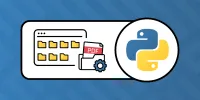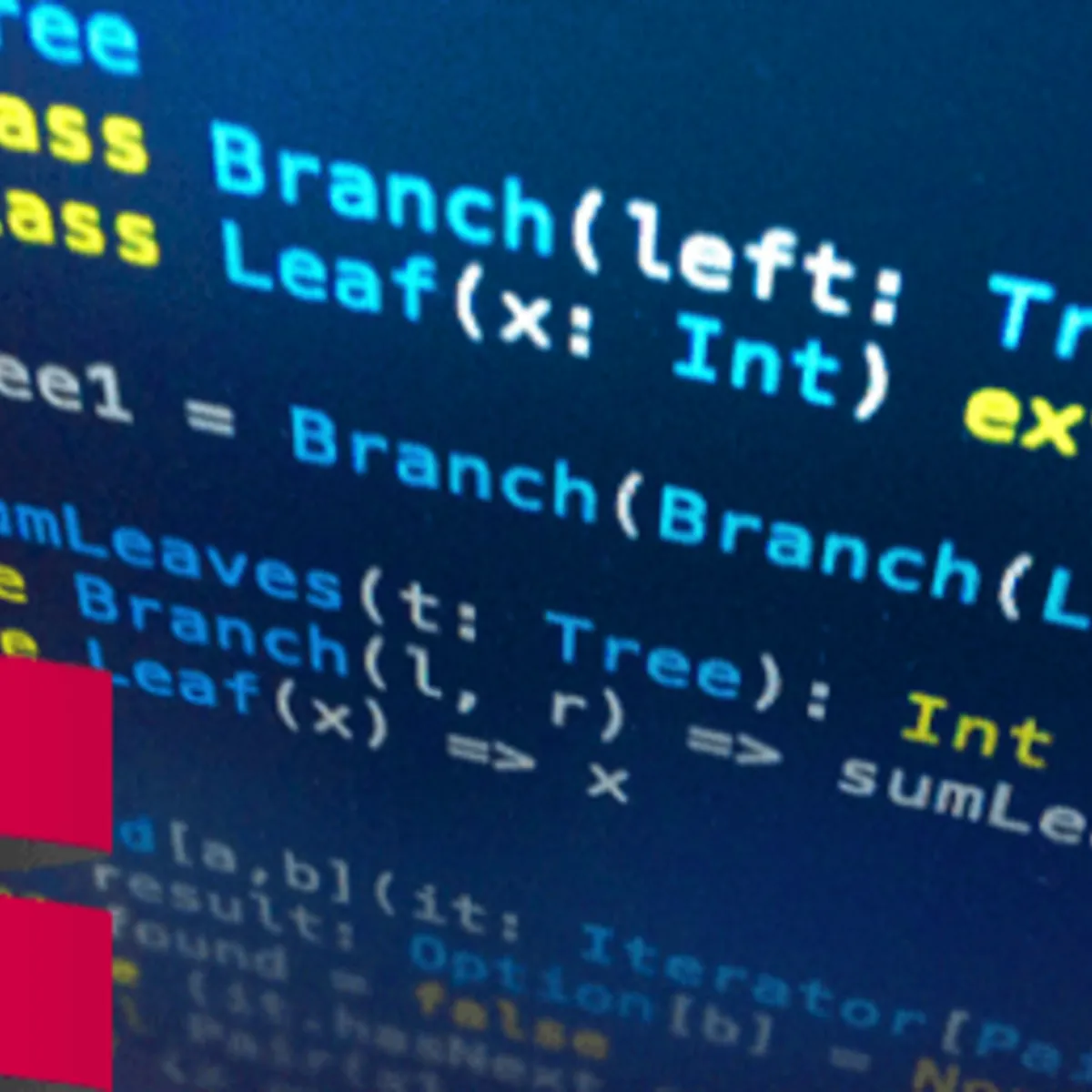
PDF Management in Python 
This course provides an introduction to PDF management using Python. It covers the most common real-life scenarios and provides a practical framework for manipulating PDF files. ▼
ADVERTISEMENT
Course Feature
![]() Cost:
Cost:
Free Trial
![]() Provider:
Provider:
Educative
![]() Certificate:
Certificate:
No Information
![]() Language:
Language:
English
Course Overview
❗The content presented here is sourced directly from Educative platform. For comprehensive course details, including enrollment information, simply click on the 'Go to class' link on our website.
Updated in [April 29th, 2023]
This course provides an overview of PDF management in Python. Students will learn how to manage and collect PDF metadata, rearrange, remove, rotate, split, dynamically watermark, and convert PDF pages to images. Additionally, students will learn how to obtain, annotate, and redact text from pages, compress a PDF file, protect and crack a PDF file, and merge and compare PDF files. Through hands-on experience with the Python programming language, students will gain the skills necessary to manipulate PDFs.
[Applications]
The application of this course can be seen in various fields. It can be used to automate the process of collecting and managing PDF metadata. It can also be used to rearrange, remove, rotate, split, watermark, and convert PDF pages to images. It can be used to obtain, annotate, and redact text from pages. It can be used to compress a PDF file, protect and crack a PDF file, and merge and compare PDF files. Furthermore, this course provides hands-on experience with the Python programming language for PDF manipulation.
[Career Paths]
1. PDF Developer: PDF Developers are responsible for creating, managing, and maintaining PDF documents. They must be knowledgeable in the Python programming language and have experience with PDF manipulation. They must be able to create, edit, and manipulate PDF documents, as well as understand the different types of PDF files and how to work with them.
2. PDF Analyst: PDF Analysts are responsible for analyzing and interpreting PDF documents. They must be knowledgeable in the Python programming language and have experience with PDF manipulation. They must be able to analyze and interpret PDF documents, as well as understand the different types of PDF files and how to work with them.
3. PDF Consultant: PDF Consultants are responsible for providing advice and guidance to clients on how to best use PDF documents. They must be knowledgeable in the Python programming language and have experience with PDF manipulation. They must be able to provide advice and guidance on how to best use PDF documents, as well as understand the different types of PDF files and how to work with them.
4. PDF Automation Engineer: PDF Automation Engineers are responsible for developing automated solutions for PDF documents. They must be knowledgeable in the Python programming language and have experience with PDF manipulation. They must be able to develop automated solutions for PDF documents, as well as understand the different types of PDF files and how to work with them.
The demand for PDF professionals is increasing as more organizations are turning to PDF documents for their business needs. As the technology continues to evolve, the need for PDF professionals with the necessary skills and knowledge will continue to grow. Companies are looking for professionals who can help them manage and manipulate PDF documents, as well as develop automated solutions for their PDF documents.
[Education Paths]
1. Bachelor of Science in Computer Science: This degree path provides students with the knowledge and skills to develop, design, and implement computer systems and software. Students will learn about programming languages, operating systems, computer networks, and software engineering. Additionally, they will gain experience in data structures, algorithms, and artificial intelligence. This degree path is ideal for those interested in developing software for PDF manipulation.
2. Bachelor of Science in Information Technology: This degree path provides students with the knowledge and skills to design, develop, and manage information systems. Students will learn about database management, web development, and software engineering. Additionally, they will gain experience in data structures, algorithms, and artificial intelligence. This degree path is ideal for those interested in developing software for PDF manipulation.
3. Master of Science in Computer Science: This degree path provides students with the knowledge and skills to design, develop, and manage computer systems and software. Students will learn about programming languages, operating systems, computer networks, and software engineering. Additionally, they will gain experience in data structures, algorithms, and artificial intelligence. This degree path is ideal for those interested in developing software for PDF manipulation.
4. Master of Science in Information Technology: This degree path provides students with the knowledge and skills to design, develop, and manage information systems. Students will learn about database management, web development, and software engineering. Additionally, they will gain experience in data structures, algorithms, and artificial intelligence. This degree path is ideal for those interested in developing software for PDF manipulation.
The development trends for these degree paths include the use of machine learning and artificial intelligence to automate PDF manipulation tasks, the use of cloud computing to store and manage PDF files, and the use of blockchain technology to secure PDF files. Additionally, the use of natural language processing and text analytics to extract information from PDF files is becoming increasingly popular.
Course Syllabus
Metadata Treatment
How to Create a PDF Document
How to Read and Add Comments to a PDF Document
Course Provider

Provider Educative's Stats at AZClass
Discussion and Reviews
0.0 (Based on 0 reviews)
Explore Similar Online Courses

Criminology

Coal Mining and Industrial Heritage Course - FutureLearn

RDBMS PostgreSQL

Intro To PostgreSQL Databases With PgAdmin For Beginners

PostgreSQL: Client Applications

Mastering SQL using Postgresql

Database Design and Basic SQL in PostgreSQL

PostgreSQL: Advanced Queries

Spatial SQL with Postgres : A language for geographers

Learn SQL Using PostgreSQL: From Zero to Hero

PostgreSQL Essential Training


Start your review of PDF Management in Python